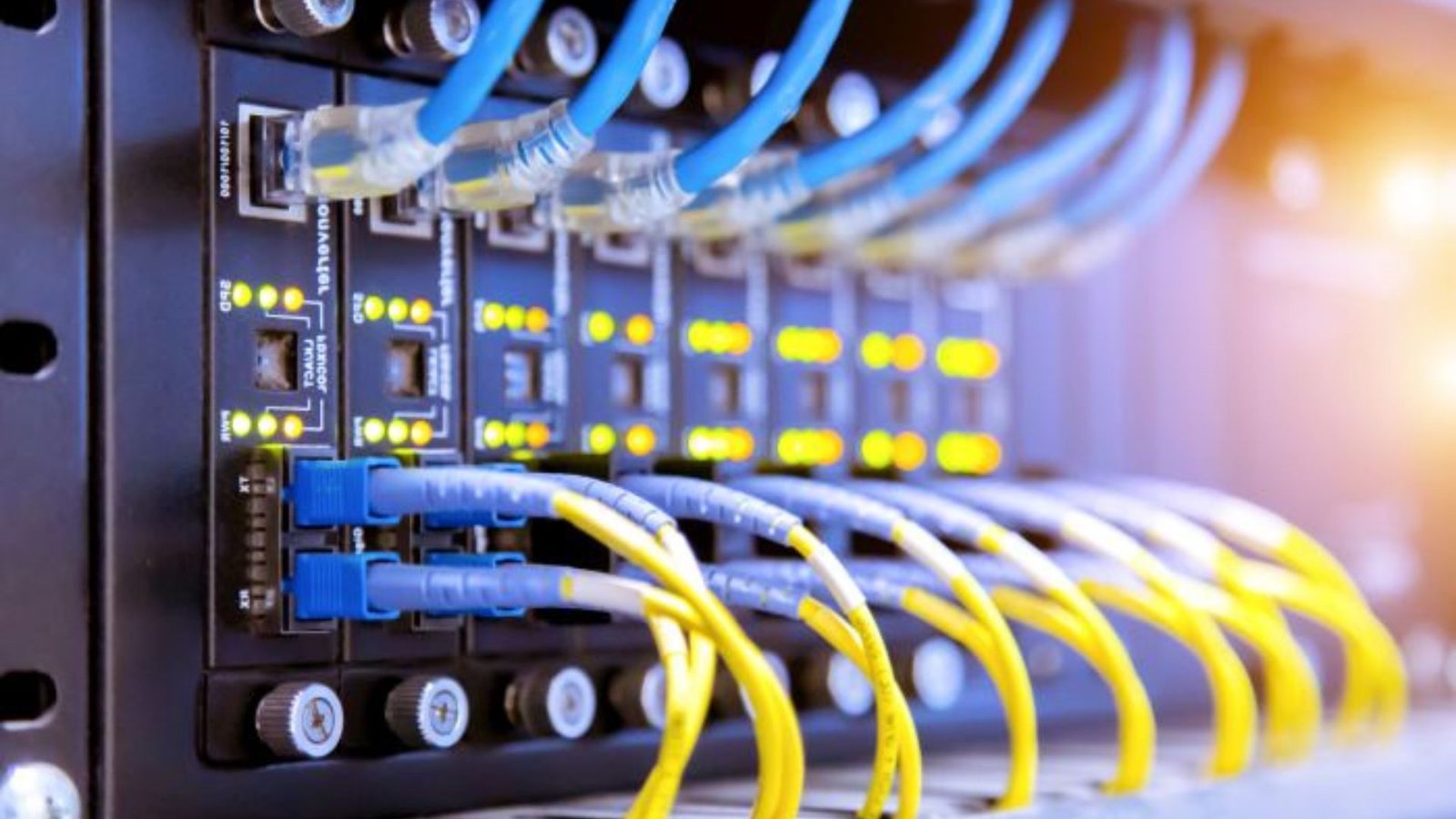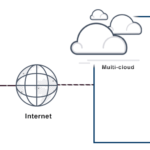Implementing Network Technology in New Offices
When setting up a new office, implementing network technology effectively is crucial for ensuring smooth operations and connectivity. As businesses expand and technology evolves, it’s essential to integrate the right network solutions to support your team’s needs. In this article, we’ll give you ways of implementing network technology in new offices.
1. Assess Your Network Needs
Before go

ing into the implementation, assess your network needs. Determine the size of your office, the number of employees, and the type of work they will be doing. This will help you decide on the appropriate network infrastructure, bandwidth requirements, and security measures. Understanding your needs is the first step in implementing network technology in new offices.
2. Plan Your Network Layout
Planning your network layout is crucial for a successful setup. Create a detailed floor plan that includes the placement of network equipment, access points, and wiring. Consider factors such as signal strength, future expansion, and potential obstacles. A well-thought-out layout ensures optimal coverage and performance for your network.
3. Choose the Right Hardware
Selecting the right hardware is essential for implementing network technology in new offices. Invest in high-quality routers, switches, and access points that meet your office’s needs. Opt for scalable solutions that can grow with your business. Ensure that your hardware supports the latest technologies to maximize speed and reliability.
4. Set Up a Reliable Wireless Network
A reliable wireless network is vital for modern offices. Install access points strategically to ensure strong Wi-Fi coverage throughout the office. Use modern Wi-Fi standards such as Wi-Fi 6 to provide faster speeds and better performance. Ensure that your wireless network is secure to prevent unauthorized access.
5. Implement Network Security Measures
Network security is a top priority when implementing network technology in new offices. Set up firewalls to protect against external threats and use encryption to secure data transmissions. Regularly update your security protocols and conduct vulnerability assessments to identify and address potential risks.
6. Configure IP Address Management
Proper IP address management is crucial for network efficiency. Use a DHCP server to automate IP address allocation and avoid conflicts. Ensure that IP addresses are assigned correctly and managed effectively to maintain a stable and organized network.
7. Integrate Communication Systems
Integrate communication systems such as VoIP phones and video conferencing tools into your network. Ensure that these systems are compatible with your network infrastructure and provide the necessary bandwidth for smooth operation. Proper integration enhances collaboration and communication within your office.
8. Set Up Network Monitoring
Network monitoring tools help you keep track of network performance and identify issues early. Implement solutions that provide real-time monitoring and alerts for network anomalies. Monitoring tools allow you to maintain network health and address problems before they impact productivity.
9. Plan for Future Expansion
When implementing network technology in new offices, plan for future expansion. Choose scalable solutions that can accommodate growth. Design your network infrastructure with flexibility in mind, allowing for easy upgrades and additions as your business evolves.
10. Ensure Proper Cabling
Proper cabling is essential for a reliable network. Use high-quality cables that meet industry standards to ensure optimal performance. Organize and label cables to avoid confusion and make troubleshooting easier. Proper cabling helps maintain network stability and reduces the risk of connectivity issues.
11. Train Your Staff
Training your staff on network technology and best practices is crucial. Ensure that employees understand how to use the network securely and efficiently. Provide training on topics such as password management, recognizing phishing attempts, and reporting security incidents.
12. Test Your Network
Before fully deploying your network, conduct thorough testing to ensure everything works as expected. Test network speed, connectivity, and security measures to identify any issues. Address any problems found during testing to ensure a smooth and reliable network setup.
13. Create a Backup Plan
Having a backup plan is essential for network reliability. Implement regular backups of critical data and network configurations. In case of a failure or disaster, having backups ensures that you can quickly restore operations and minimize downtime.
14. Maintain and Update Your Network
Regular maintenance and updates are key to keeping your network running smoothly. Perform routine checks and updates to ensure that hardware and software are up-to-date. Address any issues promptly to avoid disruptions and maintain optimal network performance.
15. Seek Professional Assistance
If needed, seek professional assistance for implementing network technology in new offices. Network engineers and IT consultants can provide valuable expertise and help ensure that your network setup meets your specific requirements.
Conclusion
Implementing network technology in new offices involves careful planning and execution. By assessing your needs, choosing the right hardware, setting up a secure and reliable network, and maintaining it properly, you can create a robust network infrastructure that supports your business’s growth and efficiency. Following these tips will help ensure a successful network implementation and a productive work environment.



